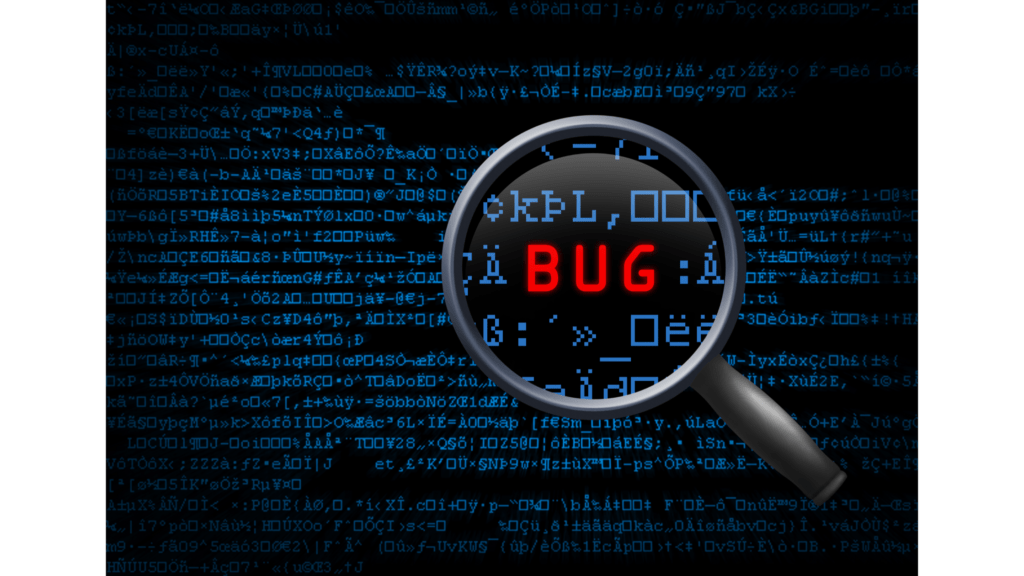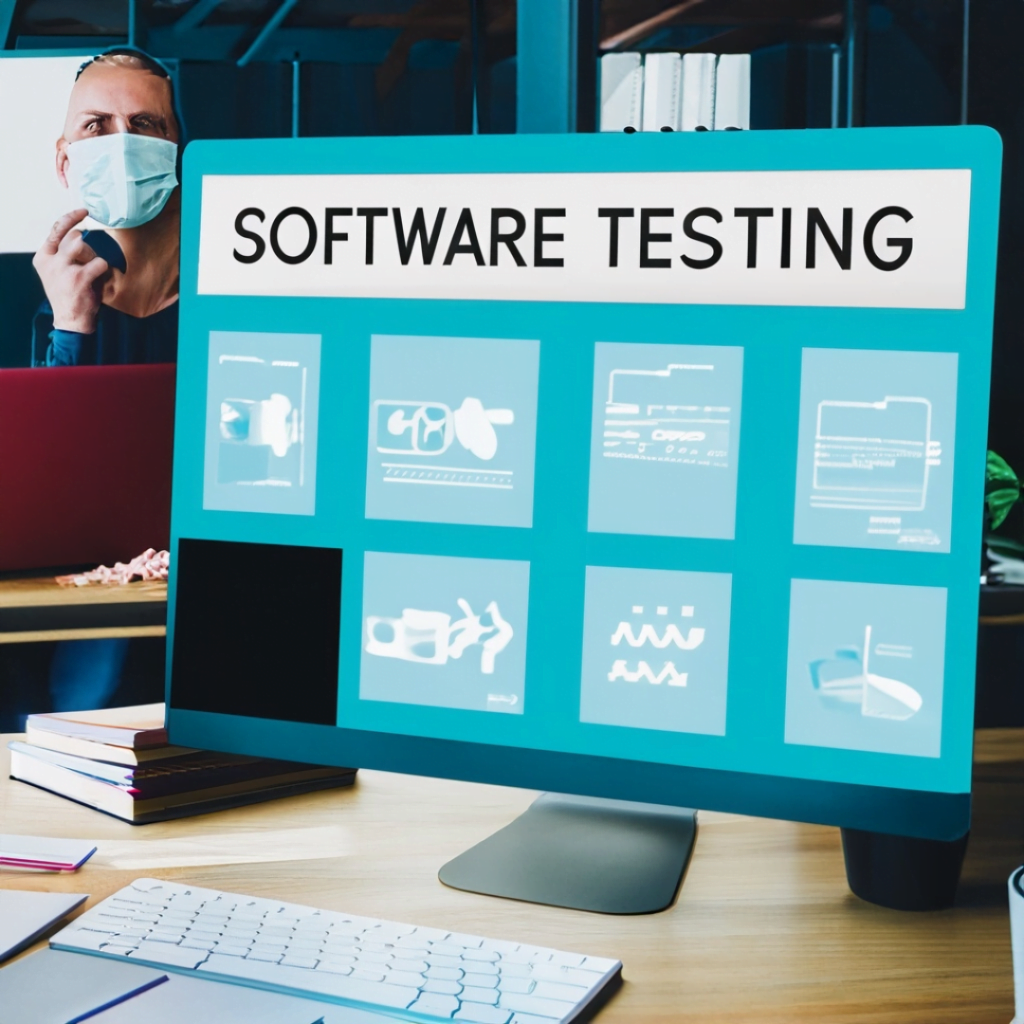Testing techniques in software testing

Introduction:
In the dynamic realm of software testing, employing effective test techniques is paramount for ensuring the robustness and reliability of applications. Test techniques, categorized into three distinct types, serve as strategic approaches to both design and execute tests. These categories include:
- Black-box Test Techniques: These techniques focus on assessing the functionality of the software without delving into its internal code or structure.
- White-box Test Techniques: In contrast, white-box techniques involve testing with a profound understanding of the internal code, structure, and logic of the software.
- Experience-based Test Techniques: Relying on the tester’s intuition, experience, and domain knowledge, these techniques draw on real-world insights to guide the testing process.
This comprehensive guide explores notable examples within each category, such as Equivalence Partitioning, State Transition Testing, and Error Guessing. It elucidates the application of Statement and Decision Testing for white-box scenarios, emphasizing their role in ensuring thorough code evaluation. Furthermore, Experience-based Test Techniques like Exploratory Testing and Checklist-based Testing are demystified, showcasing their adaptability and efficiency.
By delving into these diverse test techniques, testers gain a robust toolkit for designing effective test cases throughout the software development lifecycle. The examples provided offer practical insights into real-world scenarios, empowering testers to navigate the intricacies of testing with precision and confidence.
As we delve deeper into the nuances of each test technique, participants will cultivate a comprehensive understanding, enhancing their ability to contribute significantly to the quality assurance process.
Software Test Techniques
Categories of Test Techniques and Their Characteristics
Test techniques are strategies or methods used to design and execute tests. They can be categorized into three main types:
- Black-box Test Techniques: Focus on testing the functionality of the software without knowledge of its internal code or structure.
- White-box Test Techniques: Involve testing with knowledge of the internal code, structure, and logic of the software.
- Experience-based Test Techniques: Rely on the tester’s experience, intuition, and domain knowledge.
Examples:
- Black-box Example: Functional testing of a login page without knowledge of its underlying code.
- White-box Example: Testing individual functions or methods within the code to ensure all logical paths are covered.
- Experience-based Example: A tester draws on their experience to identify potential weak points in the application’s security.
Black-box Test Techniques
Equivalence Partitioning
Equivalence Partitioning involves dividing input data into groups that are expected to exhibit similar behaviour. Test cases are then designed to represent each group.
Example:
Consider a text input field where valid inputs are numbers between 1 and 100. Equivalence partitions would include one partition for valid inputs (e.g., 50) and two partitions for invalid inputs (less than 1 and greater than 100). Test cases would be designed to cover each partition.
Boundary Value Analysis
Boundary Value Analysis focuses on testing values at the edges of equivalence partitions. Test cases are designed to include the minimum, maximum, and values just inside and outside the boundaries.
Example:
Using the previous example, test cases would include values 1, 100, 0 (just below the minimum), and 101 (just above the maximum).
Decision Table Testing
Decision Table Testing is a technique where combinations of inputs and conditions are analyzed to derive the expected outcomes. It is particularly useful for complex business rules.
Example:
Consider a banking application where a loan is approved if the applicant’s income is high and credit score is good. A decision table would outline all possible combinations of income and credit score, specifying whether the loan is approved or not for each combination.
State Transition Testing
State Transition Testing is applied when a system can be in different states, and transitions between these states need to be tested.
Example:
In a traffic light system, the states are “Red,” “Yellow,” and “Green.” Test cases would cover the transitions from “Red” to “Green,” “Green” to “Yellow,” and so on.
Use Case Testing
Use Case Testing involves designing test cases based on the functionality described in use cases. It ensures that the system behaves as expected in real-world scenarios.
Example:
For an e-commerce application, a use case might involve the process of adding items to a shopping cart, proceeding to checkout, and completing a purchase. Test cases would be designed to validate each step in this process.
White-box Test Techniques
Statement Testing and Coverage
Statement Testing aims to execute every statement in the code at least once. Coverage metrics, such as statement coverage, measure the percentage of statements covered by the tests.
Example:
If a function has ten statements, a set of test cases would be designed to execute each statement at least once to achieve 100% statement coverage.
Decision Testing and Coverage
Decision Testing ensures that every decision point in the code is tested. Coverage metrics, such as decision coverage, measure the percentage of decision points covered by the tests.
Example:
If an if-else statement is a decision point, test cases would be designed to cover both the true and false branches to achieve 100% decision coverage.
The Value of Statement and Decision Testing
Statement and Decision Testing help ensure that the code is both executed and evaluated under various conditions. This helps uncover potential logical errors and ensures a comprehensive examination of the code.
Experience-based Test Techniques
Error Guessing
Error Guessing relies on the tester’s intuition and experience to identify potential areas of weakness or error in the application.
Example:
An experienced tester might anticipate that a complex calculation module is prone to errors and focus testing efforts on this specific area.
Exploratory Testing
Exploratory Testing involves simultaneous learning, test design, and execution. Testers explore the application, make on-the-fly decisions, and adjust their testing based on real-time observations.
Example:
While exploring a new feature, a tester discovers unexpected behaviour and immediately adjusts their test approach to investigate and document the anomaly.
Checklist-based Testing
Checklist-based Testing involves using predefined checklists to ensure that specific aspects of the application are tested.
Example:
A tester uses a security checklist to verify that the application adheres to security best practices, checking for encryption, secure communication protocols, and proper access controls.




